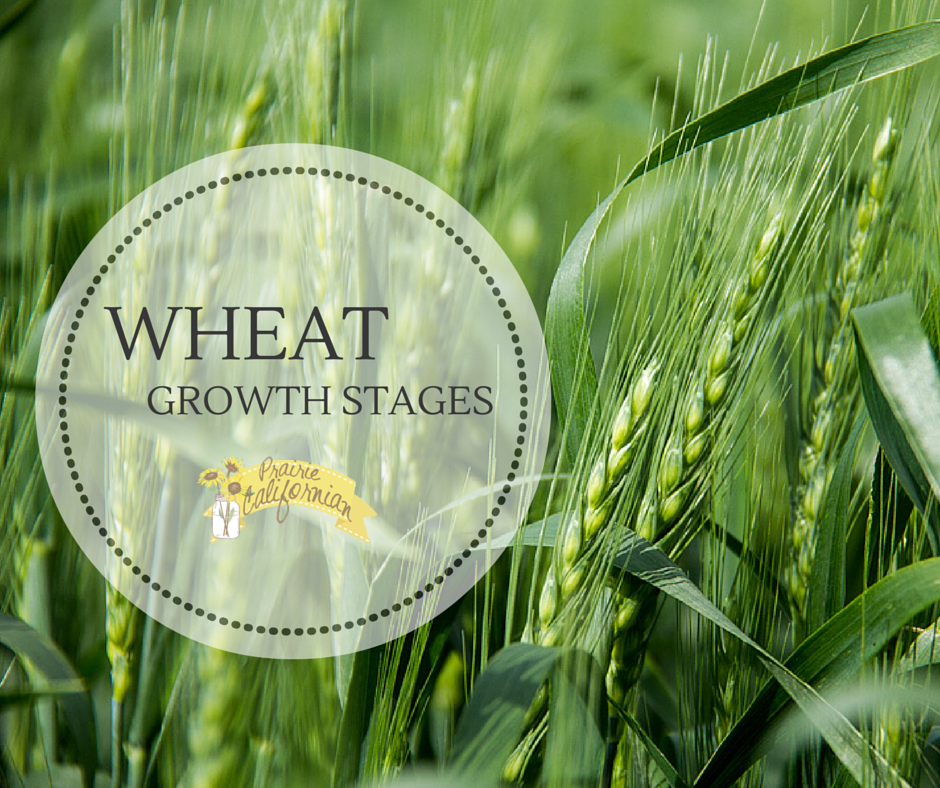
I hope you all have been enjoying the Crop of the Month posts, starting with wheat! I’ve written about wheat quite a bit in the past, so I’ve repurposed many of those posts during this series. I’ve also shared some great wheat recipes that incorporate wheat as a whole grain into your diet, I hope you’ve tried some of them!
As we are coming to a close on our wheat portion of this series, I wanted to share with you about the growing stages of wheat. Sort of the life cycle that wheat goes through on our farm.
Why Do We Grow Wheat?
Wheat is a crop that has been grown here in North and South Dakota for as long as people have emigrated to this area as well as the only crop we’ve grown on our farm since it started. I’ve talked about that before. We choose to keep wheat in our crop rotation because it is a great short season grass. In our area, we can have a great short season and a bad long season or vice versa so we keep a variety of short season AND long season crops in our rotation. Our climate simply isn’t set up for a full season crop like corn all the time.
We typically seed wheat into sunflower residue because it does well after a full season crop like sunflowers. Sunflowers also tend to leave behind limited water, so if we were to plant another full season crop like corn, it could run out of water later in the year. With a short season crop like wheat, we typically don’t have this problem.
So How Does Wheat Grow?
Typically, here in North Dakota, hard red spring wheat is planted in the spring from late April to the end of May and we harvest from early August to late September. It’s pretty incredible to me that our wheat grows for about three months before it is ready to be harvested.
Wheat growth can be broadly divided into several different stages: germination/emergence, tillering, stem elongation, boot, heading/flowering, and grain-fill/ripening. Several different systems have been developed to identify wheat growth stages, the two most popular are called the Feekes scale and the Zadoks scale. Being able to know and recognize what stage your wheat crop in is vital to producing a good crop of wheat. Wheat responds best to certain inputs at certain stages of development.
Germination/Seedling Stage
During the germination stage, adequate temperature and moisture are needed for wheat seeds to germinate. Wheat seeds enjoy an optimum temperature between54° and 77°F. Under favorable conditions, seedling emergence usually occurs within seven days. Until the first leaf becomes functional, the seedling will depend on energy and nutrients stored in the seed.
Tillering & Stem Extension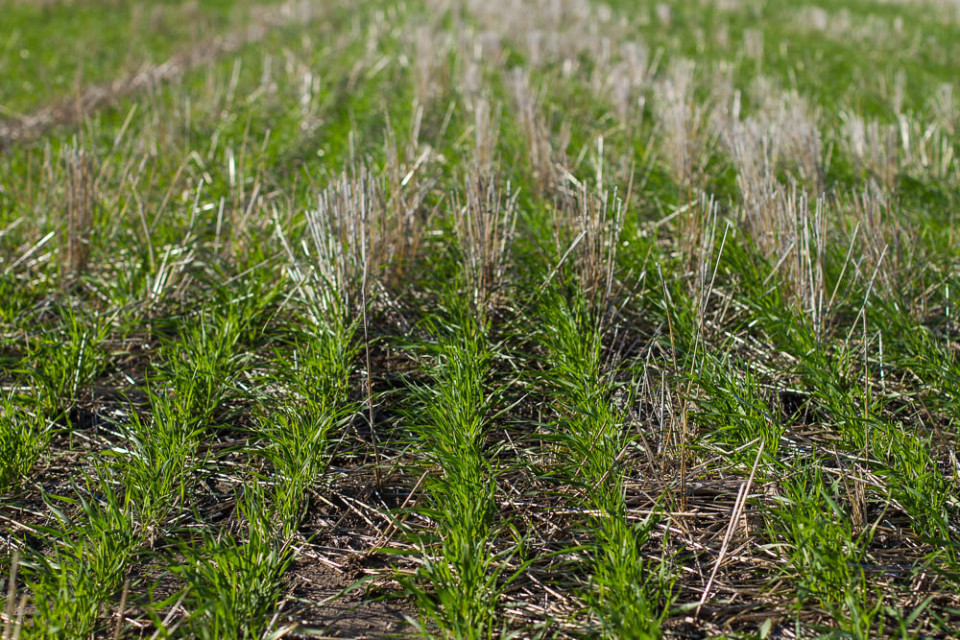
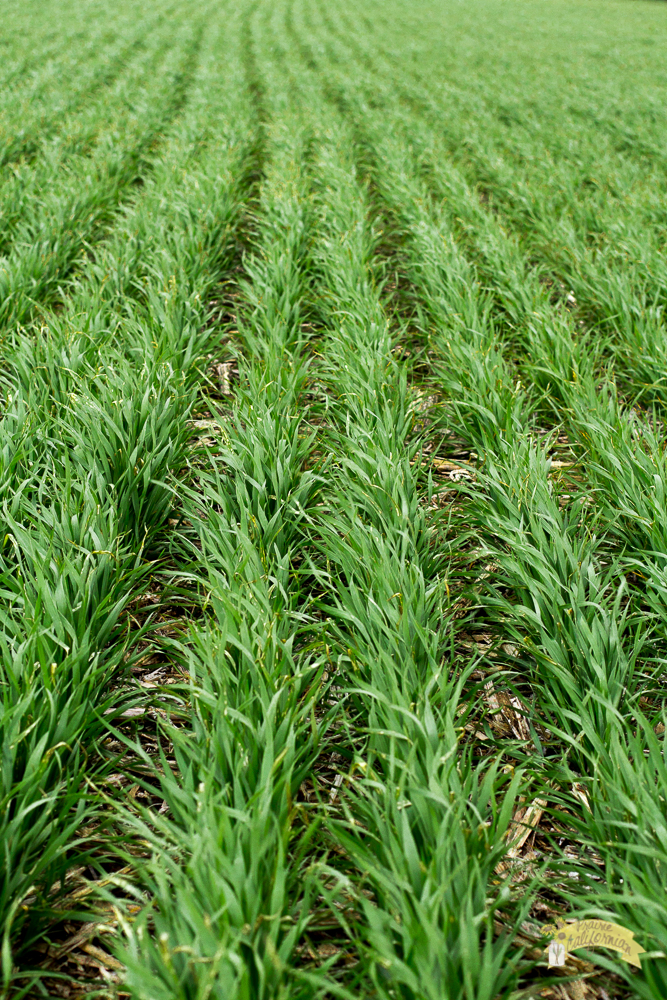
The next stage is tillering. Tillering usually starts when plant has 3-4 leaves. After the wheat plant finishes forming tillers, it begins elogation of its internodes or the stem extension stage of growth. Most short season wheat will typically produce 7-8 leaves on the main stem before stem elongation occurs. The boot stage begins when the head begins to form inside the flag leaf.
Heading & Flowering (Pollination)
Next is heading where the head will fully emerge from the stem. After this take places, the plant starts reproductive growth or flowering. Pollination is normally very quick, lasting only about three to five days. Wheat is self-pollinated and it is during this time that kernels per head are determined by the number of flowers that are pollinated. High temperatures and drought stress during heading and flowering can reduce reduce kernel numbers or yield.
Ripening & Maturity
After pollination, the ripening stage begins. Ripening is divided into four levels of maturity: milk, soft dough, hard dough, and finally mature. It is during this time that the wheat plant turns to a straw color and the kernel becomes very hard. The kernel becomes difficult to divide with a thumbnail, cannot be crushed between fingernails, and can no longer be dented by a thumbnail. Harvest can begin when the grain has reached a suitable moisture level. Many farmers can tell maturity by chewing on a kernel to determine hardness and approximate moisture level.
Conclusion
The next stage of a wheat’s life cycle is harvest, you can read all about that in this post! So there you go, the growth stages our wheat plants go through during their time on our farm!
Stay tuned next week for the conclusion of the wheat portion of Crop of the Month series AND I will be doing a wheat-related giveaway!
Resources
Dvorak, C. (2009). Wheat: From Field to Flour
Herbeck, J. & Lee, C. (2014). A Comprehensive Guide to Wheat Management.
University of Saskatchewan. (2013). Growth Stages of Wheat.

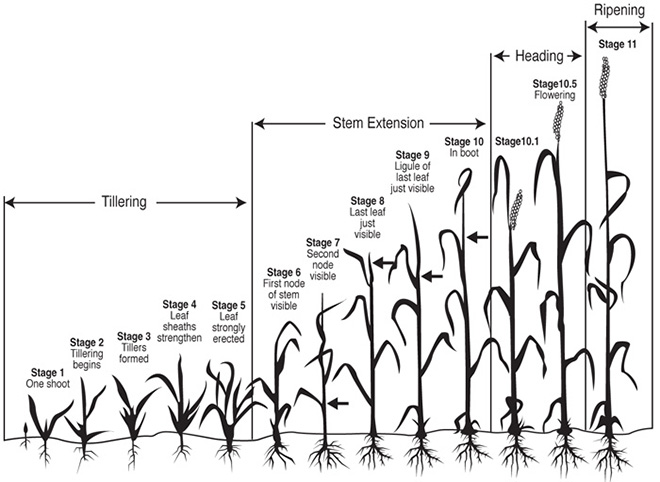

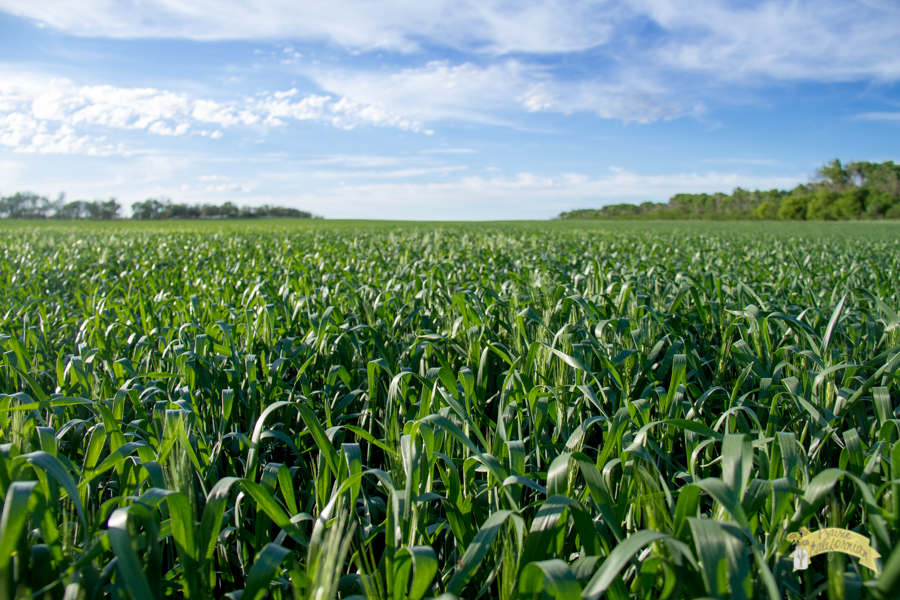
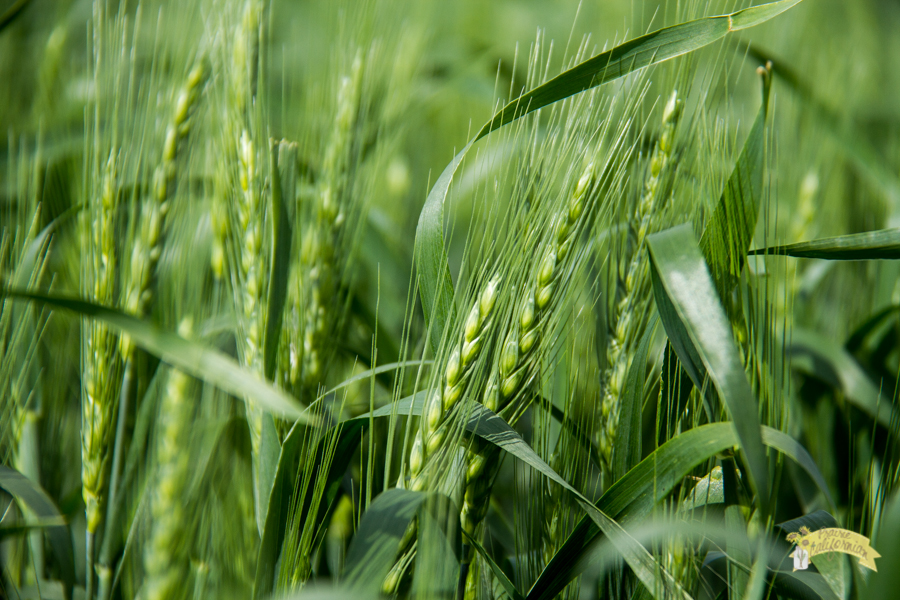
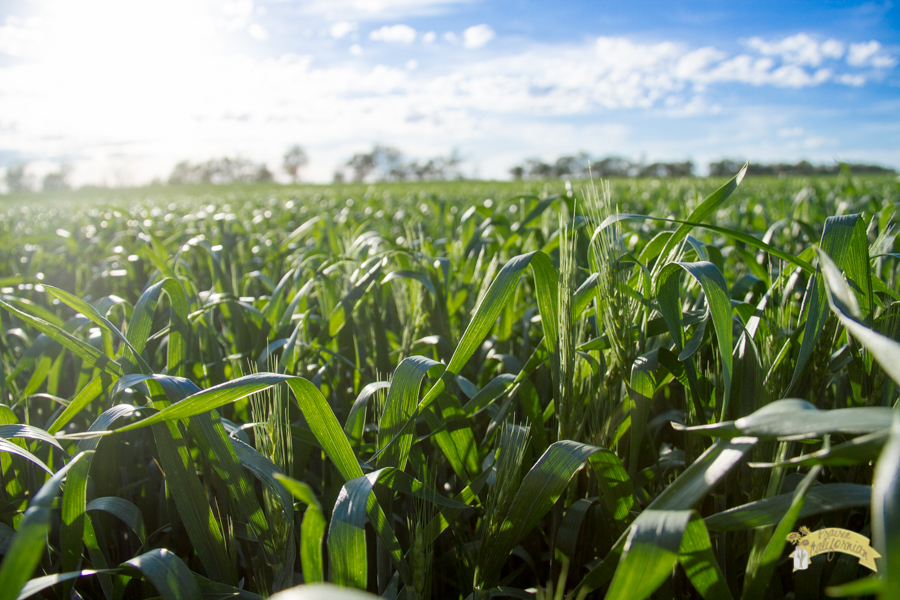
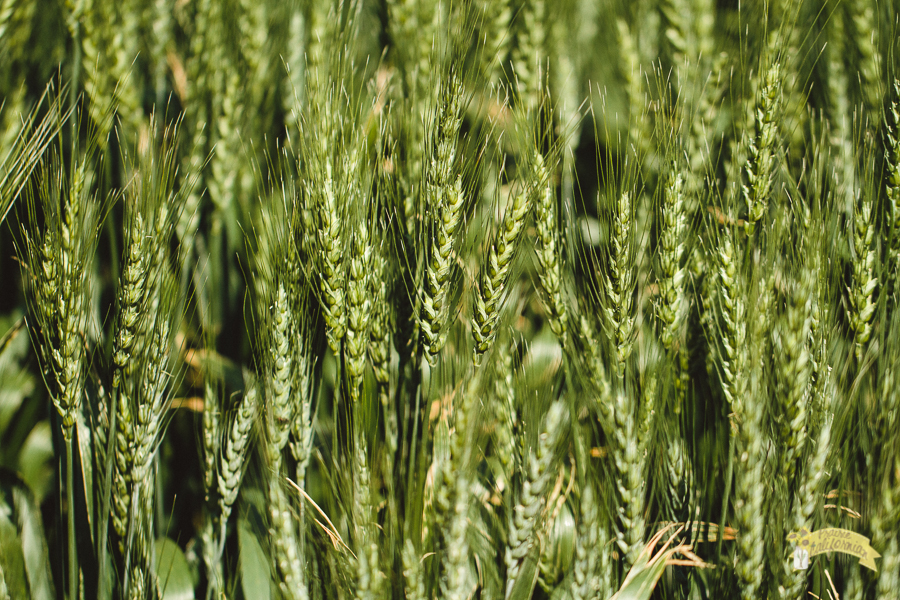
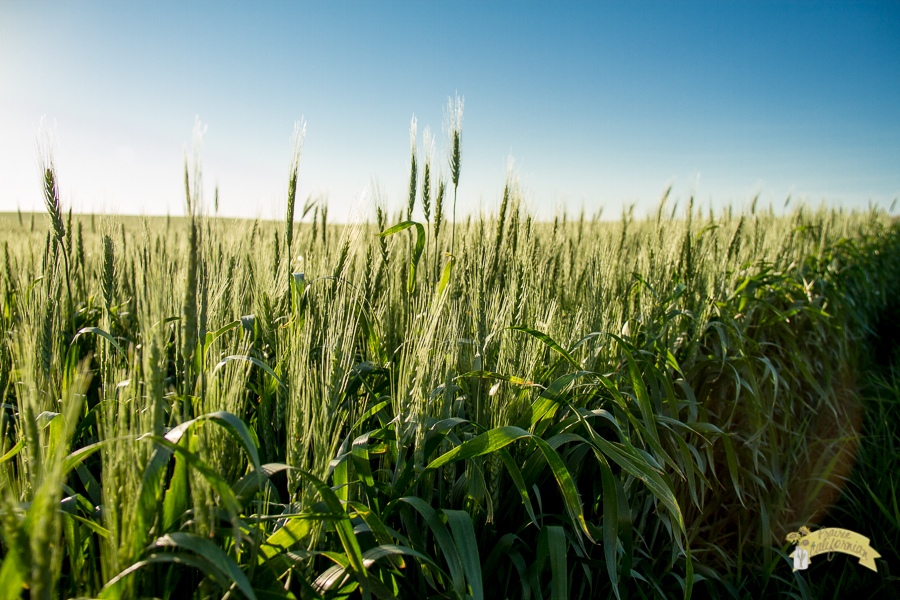
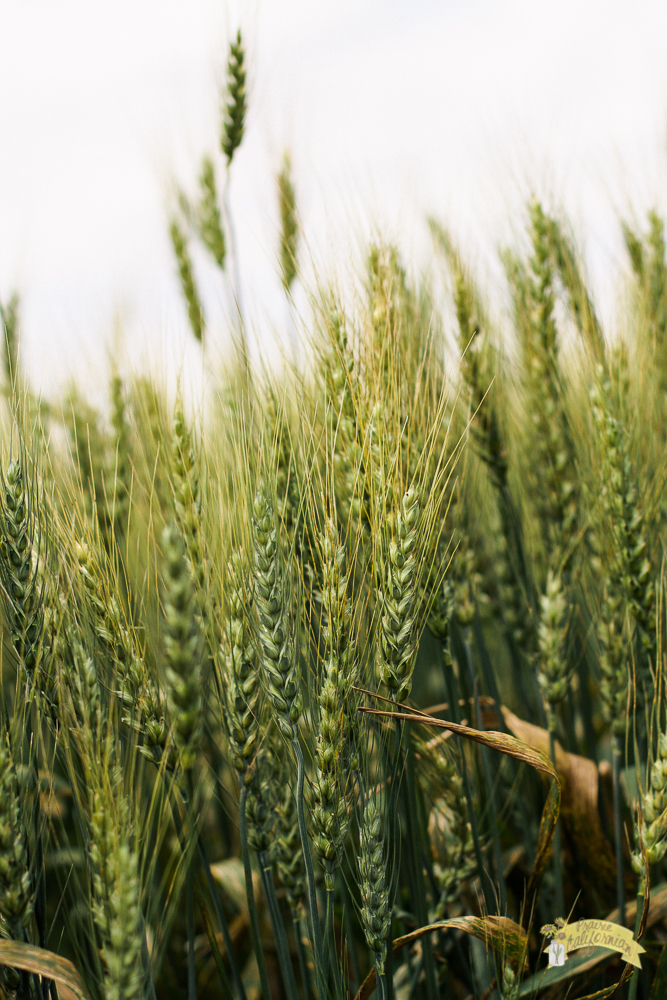
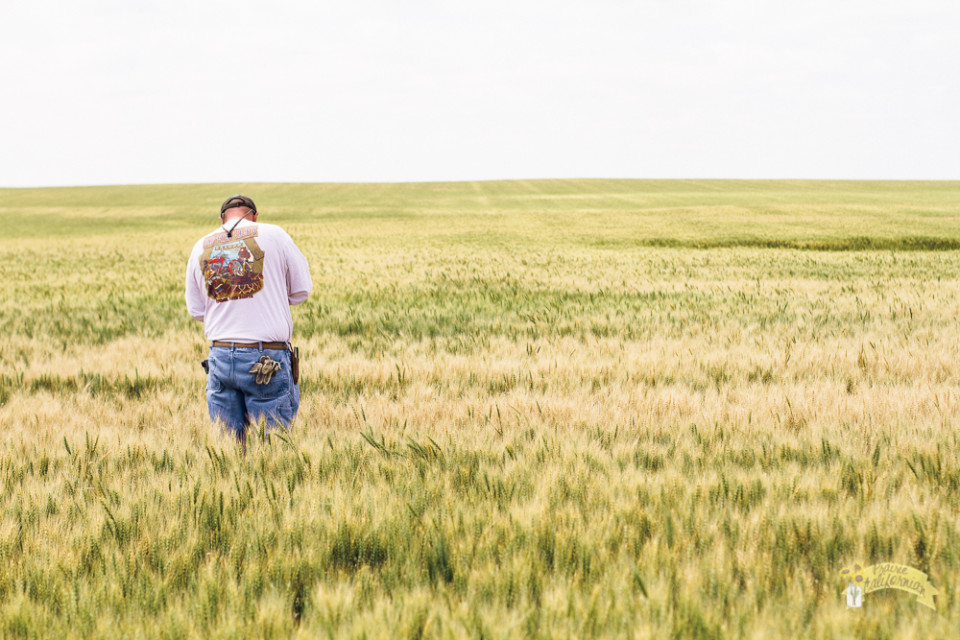
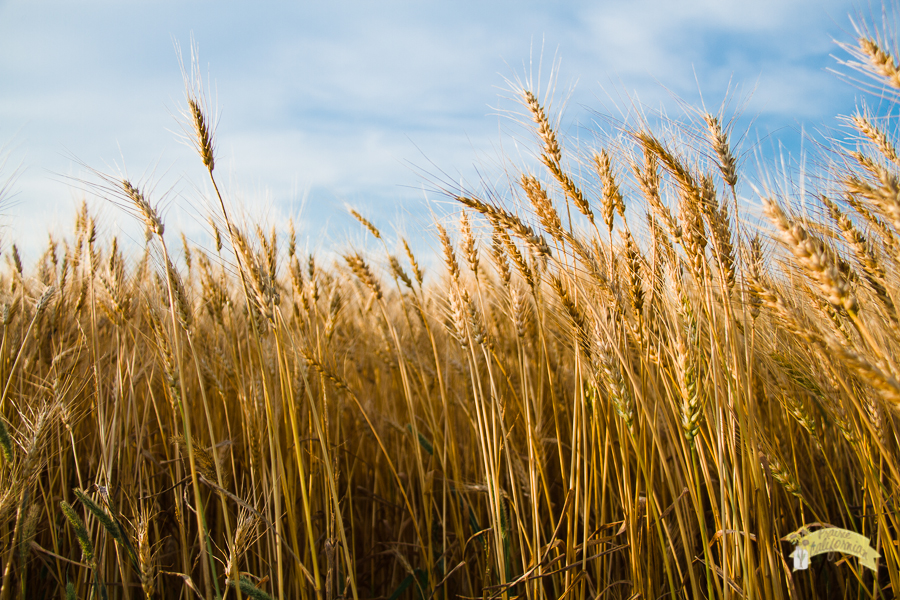
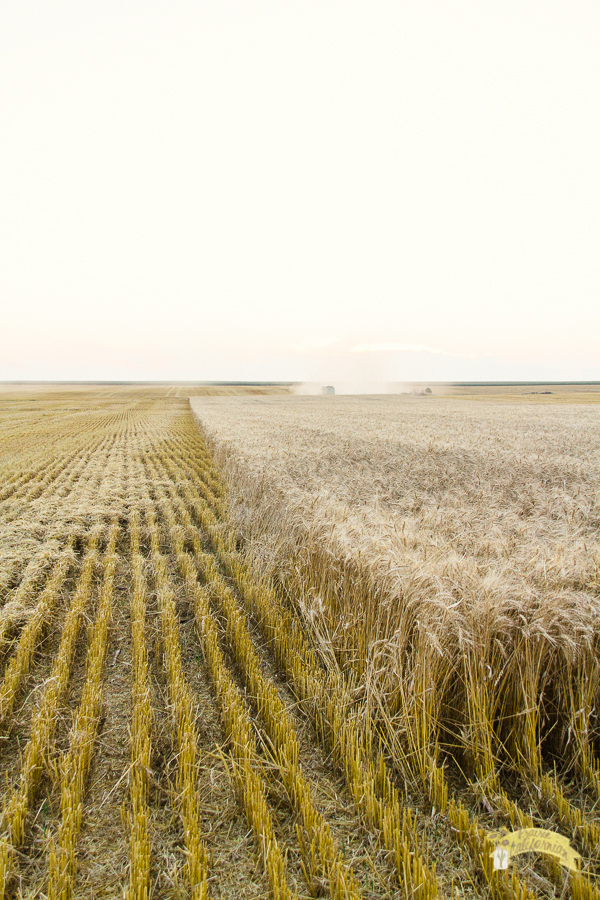
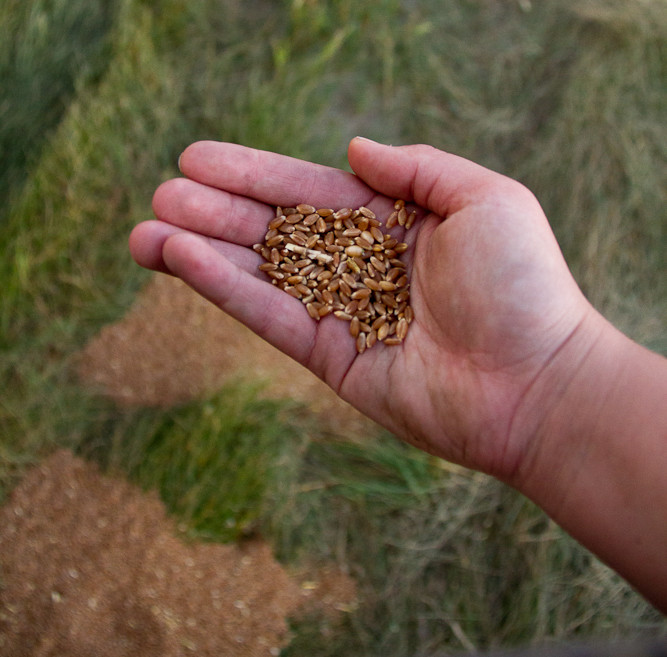
very good writing on growing wheat, l will take up small scale wheat growing. many thanks for showing the way.